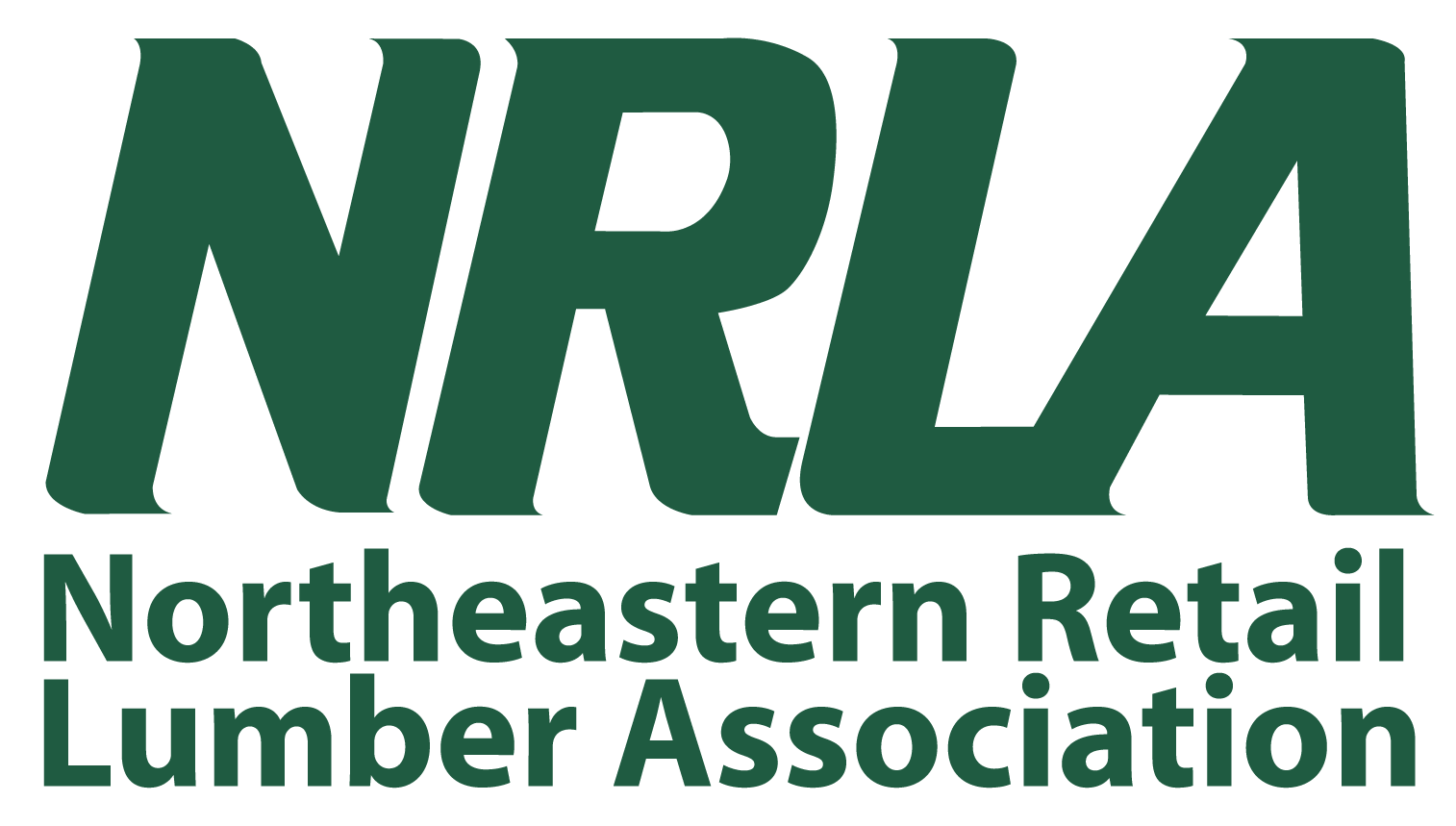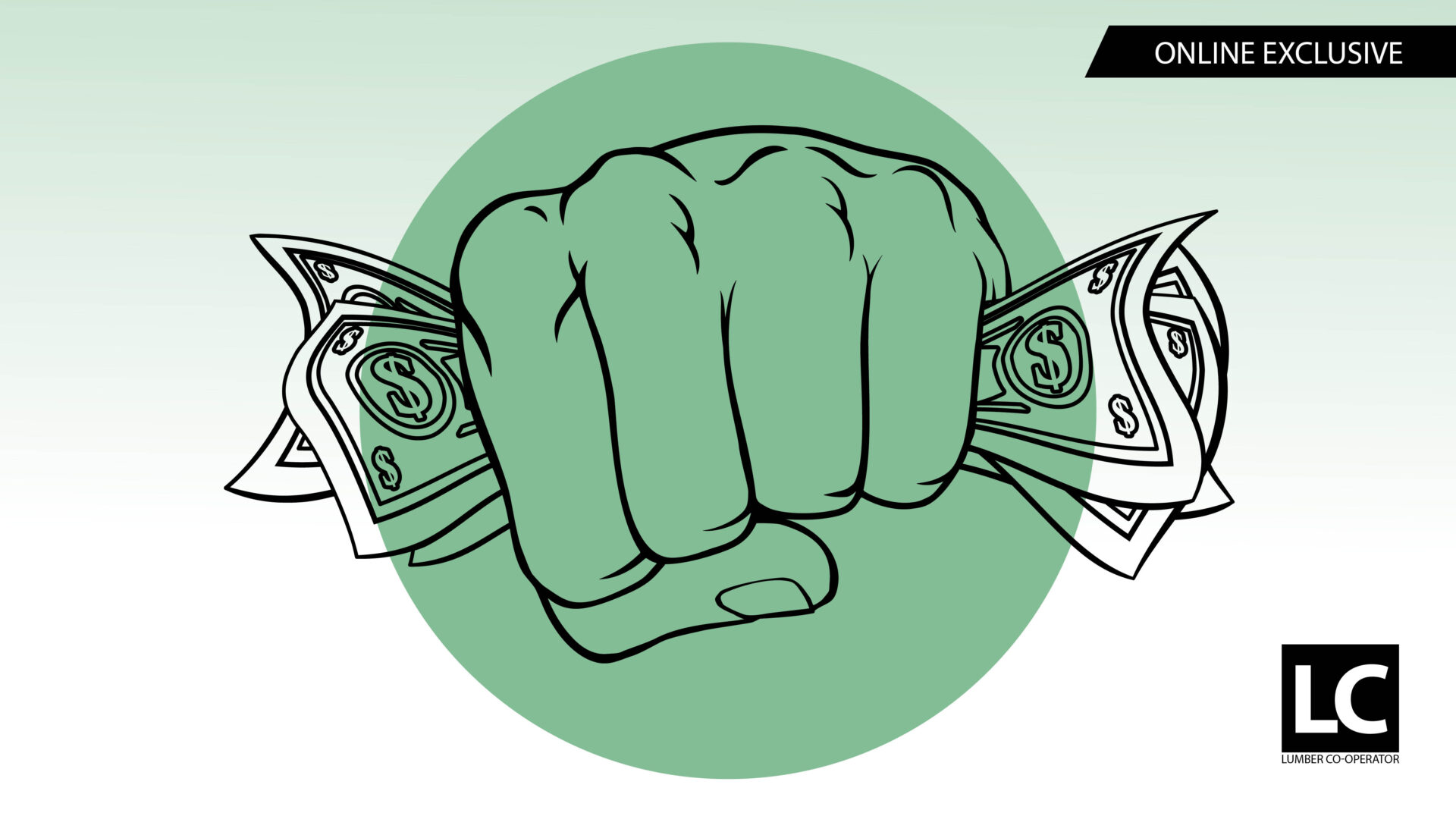You’ve heard it before: Customer feedback is a gift. It’s given to you from your most valuable business asset—your customers. As inbound marketing, sales, and service software platform HubSpot advises, if you never ask for customer feedback, you’ll never understand what drives customer satisfaction. And, if you don’t know what drives satisfied customers, you can’t create customer loyalty.
Why is Customer Feedback Valuable?
If the HubSpot advice wasn’t enough to convince you, think of it this way: When you run a company, you need feedback from customers to meet your business and marketing goals. (True for any company.) Social proof is the value of customer feedback, as potential customers, as well as current customers, want to see that you do what you say. Feedback goes far beyond just opinion. It’s testimony that your products and company were there for customers—or not—however they perceive it. This is particularly true if you have an ecommerce site, as brick-and-mortar businesses still have the luxury of face-to-face communication and interaction with customers. Ecommerce businesses must learn how best to gather and assess customer feelings about their experiences without that personal exchange. What’s at risk if you disregard customer feedback?
A Forbes article on customer feedback noted, “Many companies take advantage of their audiences by ignoring their feedback and continuing their processes as usual. All this does is show consumers how little [a company] cares about their concerns. As a result, they’ll turn to competitors to get what they want.”
That’s it, in a nutshell. Customers provide feedback to reinforce the good things your business does and call attention to missteps. If your company fails to hear and assess customer feedback, that’s a guaranteed welcome mat for your competitors (unless you’re a monopoly).
Although feedback—good or bad—can be productive for improving business and marketing for a company, it’s better to categorize it and seek it.
What Types of Customer Feedback Should You Consider
Let’s start with the feedback you’ll need to directly ask for from your customers. Demographic information isn’t usually what customers lead with when they praise a company or challenge it, but demographics, including geo-demographics, can help provide insight into where and how you position your products. You must ask for it through post-purchase or post-service surveys, or via pop-up forms on your website.
Customer preference feedback asks for what products or services your customers prefer. Sometimes it’s your parallel products or services; sometimes it’s your competitors’. But you need to ask, as your customer responses can help you position or highlight your products and better message your customers. HubSpot suggests you collect this feedback by “browsing online forums and monitoring purchase activity and trends,” as well as conducting focus groups (if you have the resources or support of a marketing group).
Customer satisfaction feedback is exactly what it sounds like. It monitors customer satisfaction and examines levels of satisfaction with your products, services, and brand. You don’t always need to ask directly for this feedback, as this is the type most likely given freely (sometimes to your surprise). It can demonstrate what HubSpot calls, “functional metrics,” which are how something was used and its success or failure within that function, or “emotional metrics,” which illustrate how your customers feel about an interaction or product. This feedback can come via comment boxes, social media comments (monitor them!), and post-purchase queries, such as brief surveys.
Customer satisfaction is closely connected to customer loyalty metrics, which tell you how loyal your customers are to your brand—how they feel about it—and whether they can get behind it by promoting or advocating for it. You can collect customer loyalty metrics through Net Promoter Score (NPS) surveys and similar measures, according to HubSpot.
An NPS just indicates if your customer is likely to recommend your company to someone else. It uses one Likert scale question to start, such as “On a scale of 1 to 10, how likely are you to recommend this product or service?” Then you add an open-ended question below for participants to explain their response and categorize them according to their score. Detractors have the 0–6 scores; Passives have the 7–8 scores; and Promoters are the 9–10 group.
According to HubSpot, disregard the Passives, subtract the percentage of Detractor responses from the percentage of Promoter responses, and determine your Net Promoter Score, which can range from -100 to 100.
“The benefit of an NPS is that it provides both quantitative and qualitative data about your customers,” HubSpot says. “Not only does it ask participants to rate their experience on a numeric scale, but it also asks them to provide an explanation for their score. That way, your business can analyze feedback based on the scores, then examine the customer experiences if you come across abnormal or outlying results.”
Avoid relying totally on customer loyalty metrics, though. We all have customer satisfaction, NPS, and churn in our brains and on our customer dashboard, but these numbers are made to be at-a-glance simple, reductionistic, and summative. Yes, they can be tracked, but they don’t advise you what to do through time. Panic if the numbers go down? Rest easy if the numbers go up?
According to a Forbes article on customer loyalty, these three numbers are “deliberately simplified, aggregated, made comparable, and tracked over time to provide an at-a-glance guide to how a brand is doing, enabling you to focus on other things. They don’t tell you what to do next, because you don’t really want to do anything next.”
Ugh. Have a plan for how to deal with any downtick in loyalty metrics.
Customer service or support feedback usually revolves around the experience with people (or automated systems). Whether positive or negative, users express their genuine opinions and concerns so other customers can make their own decisions. While it’s helpful to other customers, it’s also beneficial for you.
You can take what customers say and use it to improve how you deal with complaints, compliments, or issues. Pay attention to recurring comments or grievances so you can address them. Assess what didn’t work for customers and what suggestions they made. The more information you collect, the easier it’ll be to refine your products and give them what they want.
The 5 Tools We Like and Why
Useful tools for collecting customer feedback are everywhere, but each has at least one feature that makes it stand out for us. These are some of the of the top tools for collecting customer feedback for different needs and price ranges.
1. Broadly
Broadly makes it super easy to collect customer feedback and reviews through various platforms of your customers’ choice. Whether it’s Google, Facebook, Yelp, or other review platforms, Broadly will send emails or texts to your customers asking for their experience, and the customer’s review is automatically published.
Broadly also offers valuable services, such as real-time feedback, embedding 4- and 5-star reviews directly on your website, and a convenient dashboard to track your statistics. Other services from Broadly include putting live web chat on your website, so you can immediately correspond with customers, and customer lead generation. Broadly is a rather broad tool for marketing your business as well as collecting customer feedback.
2. Qualaroo
Qualaroo has some big brand name companies on its résumé, including Burger King, Hertz, Starbucks, and Groupon. But Qualaroo can also help small businesses improve their conversion rates with affordable pricing options.
Qualaroo is specifically a survey software that allows you to create forms and pose surveys to your website visitors. You have multiple survey formats to choose from, including 2-Minute Setup, Target Questions, or Skip Logic. You can ask highly specific questions that depend on the visitor’s behavior on your website and even tailor the surveys to be so precise that a visitor won’t get the same survey twice.
What makes Qualaroo one of the most in-depth survey tools for collecting customer feedback is its options. Pricing starts at $99 per month, and there’s a 14-day free trial.
3. GetFeedback
This tool has a visually appealing user interface and some relevant customization options for your surveys. You can add images, custom fonts, and text colors to spice up your survey pages and tailor them to your brand.
GetFeedback has been compared to having a conversation with customers, rather than just throwing a survey at them. The survey is sent in a “thank you” email, and you receive their feedback. You can also set up website surveys or other customer service channels. GetFeedback has several built-in survey templates for things such as collecting CSAT (customer satisfaction), Net Promoter Score, employee engagement, and product research, along with being able to customize your own surveys.
Pricing starts at $50 per month for the basic platform. The advanced package for larger teams with multiple users goes up to around $150 per month.
4. CustomerSure
CustomerSure is an email-based survey tool, and survey feedback is collected into an easily navigable dashboard. Beyond that, you can also embed a CustomerSure widget on your website for direct feedback, and there are additional features such as Reviews and HelpDesk, which make CustomerSure a nice all-around product with features beyond just customer surveys.
Pricing starts at $49 per month. As a free trial, you get one survey and unlimited responses.
5. Reevoo
Reevoo has a simple slogan: “Customers convincing customers. That’s not marketing. That’s life.”
Reevoo takes the approach of getting reviews from their clients’ customers and doing numerous things beforehand to verify the customers they approach. Basically, Reevoo is an effective product for leaving the survey and customer feedback collection to a third-party company that specializes in doing exactly those things. Reevoo also promotes the credibility of third-party involvement on its website: “49% of people who saw customer opinions collected by a third party in an ad campaign would be more likely to buy.”
Reevoo will verify customer purchases and ask the customer questions about their purchase experience and service received, and give you the results. A particularly notable feature is that Reevoo will quickly notify you when it receives negative reviews, allowing you speedy response time to address the customer complaint.
There’s no standard pricing plan, i.e., a monthly subscription, for Reevoo. Your payment to Reevoo depends on how much feedback the company can collect for you.
Bonus time! We’ve included two more tools you may find fit your business needs best, as each includes an element that we find particularly valuable.
• Hotjar
We’re big fans of behavioral analytics (because people don’t always do what they say, but they always do what they do), and Hotjar has an effective heat map element that takes a visual approach to customer feedback that demonstrates behavior to help you understand what your customers value.
According to Tech Radar’s review of the tool, “It does this through various types of heat maps, which help you identify how users are scrolling, moving, and clicking, and you can even choose to see exactly how your visitors are navigating your website through visitor recordings. Hotjar’s conversion funnels help you find where your visitors are dropping off and, in turn, how you can reduce the bounce rate. A cool form analysis feature identifies fields that people are taking too long to fill, alongside feedback polls that illuminate the thinking behind users’ decisions.”
• Sprinklr
If your customers respond to gamification, Sprinklr may be the tool to investigate. It combines community and user-generated content to serve customers, which creates a rich environment for companies to see and hear pain points—or sources of happiness.
“Sprinklr lets you create an online customer community, which can be a great way to create friendly ways for visitors to engage and get faster answers to questions, provide consumer feedback, or gather information to make purchase decisions,” TechRadar explains in its review. “Among Sprinklr’s features are the ability to deflect customer support cases while helping customers get faster answers to questions, and it makes it easy to assist customers with buying decisions through user-generated content. It also makes it easy to embed gamification features that recognize and reward community experts while motivating all community members to participate more often in conversations.”
Sprinklr can be pricier, but its tools may appeal to your business needs.
Several customer feedback tools are available on the market. Like anything, we’d recommend you do your own research and test-drive a few different tools before deciding on one that suits your distinct business needs. Customer feedback is an important part of your business development, but it’s time-consuming to manually collect feedback. You can automate the process using one of these tools.
Other information about customer feedback that you might find useful can be found in “Strategies to Obtain Customer Feedback” from HubSpot or in HubSpot’s “Complete Guide to Customer Feedback.”
Want to read the full issue of the May LC? Click here
Elton Mayfield is the co-founder of ER Marketing, a B2B marketing agency with a special love for the building industry—quite possibly, because they’ve been building clients themselves. For more than 18 years, ER Marketing has been dedicated to improving the marketing channel for all things building.







